If you’re looking to buy a Les Paul, you’ll need to decide whether you want a model made by Gibson, or Epiphone. The price difference between Gibson and Epiphone Les Pauls is huge, but is it worth it? In this article I’ll highlight all the key differences so you can decide.
| Gibson Les Paul | Epiphone Les Paul |
| Made in the USA | Made in China |
| Nitrocellulose finish | Polyurethane/ polyester finish |
| Rosewood fingerboard | Indian laurel fingerboard |
| Case/ gig bag included | Case is not included |
| $1000-$3000 | $220-$1000 |
Gibson Les Pauls are made in the USA, whereas Epiphone Les Pauls are made in China. They have different pickups, body finishes and fingerboard materials. Gibson Les Pauls cost roughly $1500-$2000 more than Epiphone Les Paul versions on average.
Contents:
- Models and Prices
- Manufacturing Country
- Pickups and Tone
- Body Finish
- Fingerboard Material
- Hardware
- Headstock
- Other Specification Differences
- Resale Value
- Epiphone Standard vs Gibson Standard Les Paul
Models and Price
Before we jump into the specification and tonal differences between Epiphone and Gibson Les Paul models, I wanted to first highlight the different versions available and their average prices.
- Epiphone Les Paul models cost between $220-$1000
- Gibson Les Paul models cost between $1000-$3000
If you compare two of the same “type” of Les Paul, for example, the Gibson Les Paul Standard and Epiphone Les Paul Standard, the Gibson version is on average $1500-$2250 more expensive compared to the Epiphone version.
| Les Paul Model | Average Price (USA) |
| Epiphone LP Special-II E1 | $220 |
| Epiphone LP Studio E1 | $270 |
| Epiphone LP Power Players | $280 |
| Epiphone LP 100 E1 | $300 |
| Epiphone LP Junior | $480 |
| Epiphone LP Special | $500 |
| Epiphone LP Classic | $500 |
| Epiphone LP Muse | $550 |
| Epiphone LP Studio | $550 |
| Epiphone LP Standard | $650 |
| Epiphone LP Modern | $700 |
| Epiphone LP Custom | $800 |
| Epiphone LP Prophecy | $900 |
| Epiphone LP 1959 Standard | $1000 |
| Gibson LP Special Tribute | $1000 |
| Gibson LP Tribute | $1300 |
| Gibson LP Studio | $1600 |
| Gibson LP Junior | $1600 |
| Gibson LP Special | $1800 |
| Gibson LP Classic | $2200 |
| Gibson LP ‘70s Deluxe | $2800 |
| Gibson LP Modern | $3000 |
| Gibson LP Standard | $3000 |
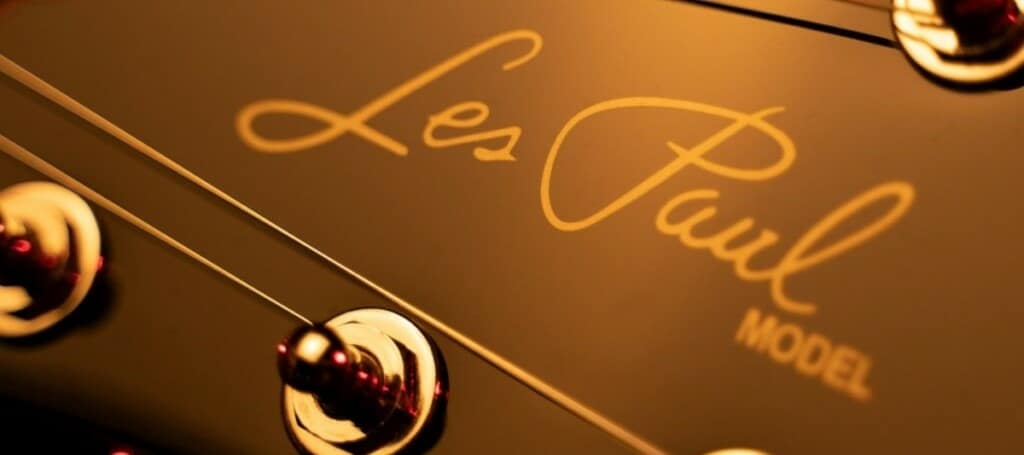
Manufacturing Country
Gibson and Epiphone Les Pauls are manufactured in different countries, which definitely contributes to the huge price difference:
- Gibson Les Paul electric guitars are made in the USA (Nashville, Tennessee)
- Epiphone Les Paul electric guitars are made in China (Qingdao, Shandong)
It’s no secret that the USA has a significantly better reputation for manufacturing guitars compared to China. USA-made guitars are made in lower volumes with more attention to detail compared to Chinese guitars which are mass produced in factories which also make guitars for loads of other brands.
That doesn’t mean that Chinese-made Epiphone LP models are poor quality though, and the law of diminishing returns here certainly applies to the price difference between the Epiphone and Gibson models.
So what differences can you expect between Epiphone and Gibson Les Pauls in terms of quality?
- Gibson LP guitars are made with better quality materials e.g. wood and pickups
- Gibson LP guitars have smoother fretwork, nut edges and more rolled fingerboard edges
- The setup out of the box is usually a bit better and requires less tweaking on a Gibson LP
Check out my article on where Gibson and Epiphone guitars are made for more info.
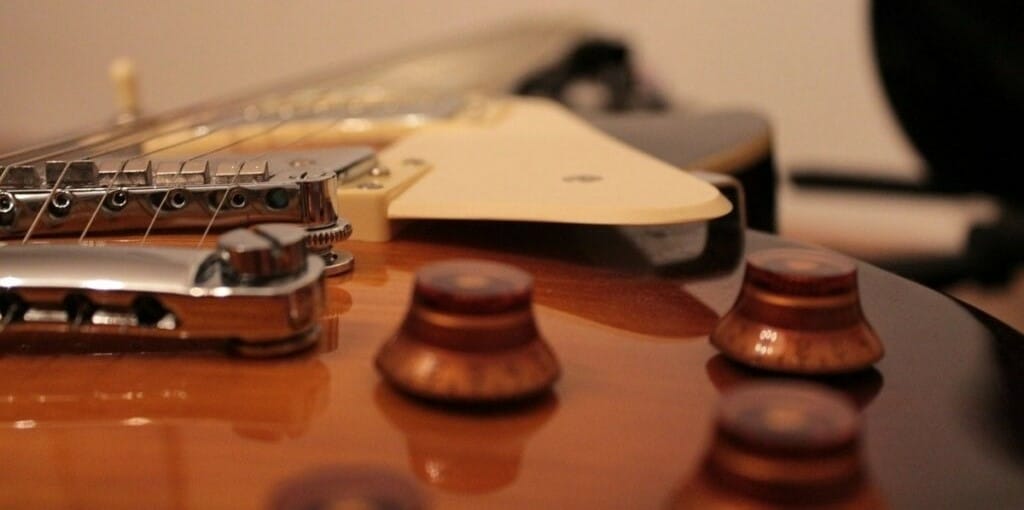
Pickups and Tone
As we discussed above, there are loads of different LP models available and most of them use different pickups from one another. To some people, the Epiphone pickups on one guitar will sound better than the Gibson pickups on another, so it’s really down to personal preference.
- Gibson pickups are made in the USA
- Epiphone pickups are made in Asia
The cheapest Epiphone pickups don’t sound amazing, but when you consider the models which cost $500 and upwards, the difference between them and the Gibson pickups are actually very difficult to detect in a lot of cases.
Check out this YouTube video comparing the Epiphone and Gibson Les Paul ’50s Standard models.
Body Finish
Gibson and Epiphone Les Pauls use different finishes on the bodies and necks:
- Gibson Les Pauls have a nitrocellulose finish
- Epiphone Les Pauls have a polyurethane/ polyester finish
Nitrocellulose finishes are a lot more prestigious, so it’s no surprise that Gibson use them on all their LP models. Nitro finishes are certainly synonymous with high-end electric guitars, but it does not mean they are actually better.
A lot of the snobbery around poly finishes comes from decades ago, when they were inferior compared to nitro finishes. However, poly finishes have improved vastly and although they are cheaper to produce, they are actually preferred by a lot of guitarists.
Poly finishes are glossier, less prone to fading, and less prone to chipping/ scratching compared to nitro finishes which feel softer and stickier. Nitro finishes will age over-time and start to yellow (which some guitarists really like the look of).
Check out my article comparing nitro and poly finishes for more information.
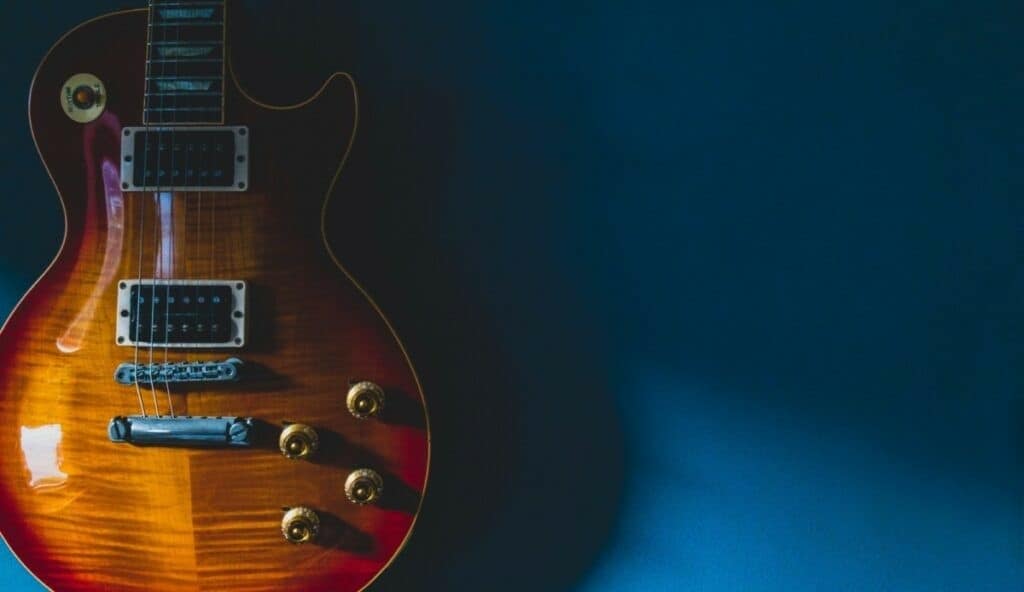
Fingerboard Material
Gibson and Epiphone Les Pauls also have different fingerboard (fretboard) woods:
- Gibson Les Pauls have rosewood fingerboards
- Epiphone Les Pauls have Indian laurel fingerboards
Similarly, to nitro finishes, rosewood fingerboards are seen as more desirable because they are more expensive to produce. This is because rosewood export is limited so the wood is difficult to get a hold of. Indian laurel is undoubtably a cheaper material, however that does not mean it is necessarily worse in terms of quality.
There are several differences between how rosewood and Indian laurel fretboards look and feel, although there is barely any difference in terms of tone (particularly on an electric guitar).
- Indian laurel feels smoother and has less friction than rosewood
- Indian laurel is lighter and has a less prominent grain compared to rosewood
- Indian laurel needs oiling more frequently and is more prone to warping compared to rosewood
Check out my article comparing rosewood and Indian laurel fretboards for more information.
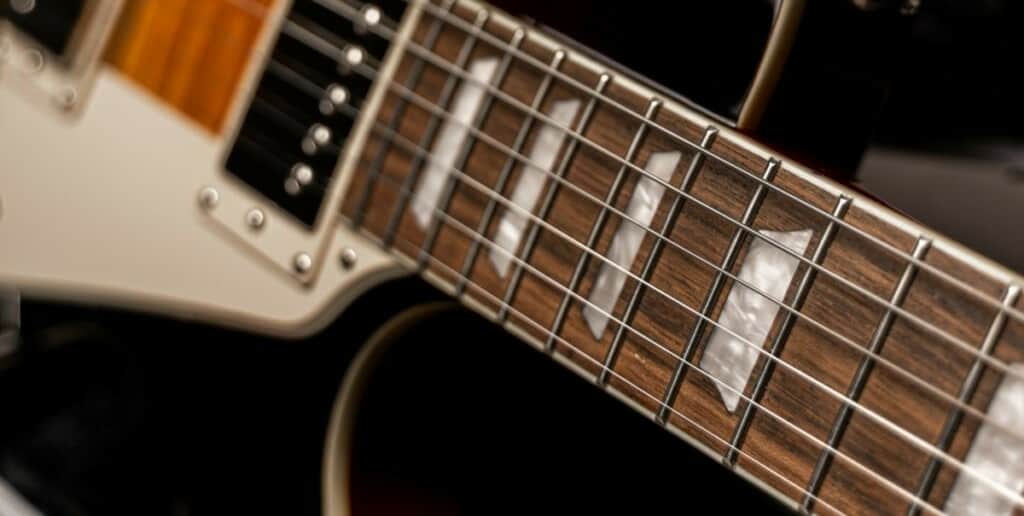
Hardware
If you look at the cheapest Epiphone LP models, such as the E1 and Power Player versions which cost less than $300, you’ll notice that the hardware isn’t the best quality. The guitars don’t stay in tune that well and feel relatively cheap, but that is to be expected.
If you step up to the more expensive Epiphone Les Pauls such as the Classic, Standard, Studio and Modern, you will notice that they come with better hardware, and it’s not worlds apart compared to the Gibson models. Some of the Gibson hardware is still imported from Asia, for example the Grover tuners are shipped from Korea.
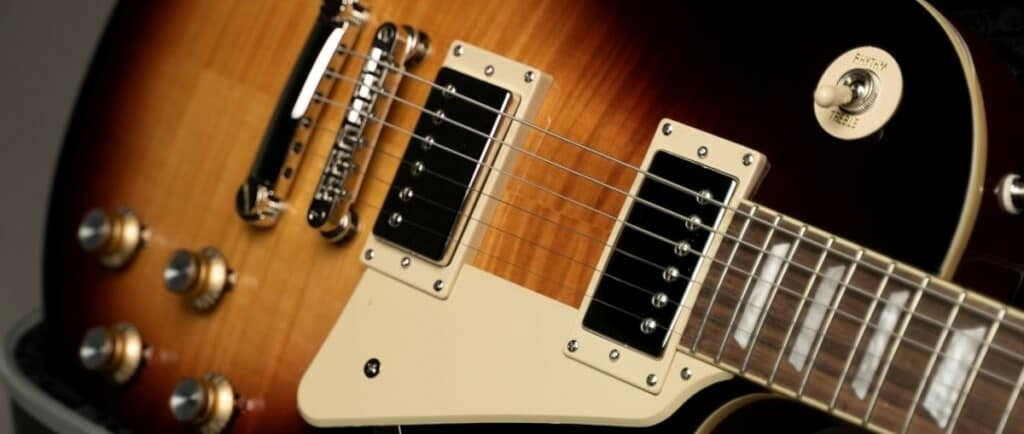
Headstock
There’s no denying that having a “Gibson” headstock is more of a flex compared to an “Epiphone” headstock, and it certainly is a contributing factor towards the price difference. Not only is the logo different, but also the shape. The Gibson LP headstock is more flared compared to the Epiphone headstock, although both do feature an “open-book” kind of shape.

Other Notable Specification Differences
- Although both Epiphone and Gibson Les Pauls have mahogany bodies, the do use different species of mahogany
- Gibson Les Pauls have a 17 degree headstock angle whereas Epiphone version have a 14 degree headstock angle
- Epiphone Les Pauls usually have slightly slimmer necks compared to Gibson Les Pauls. For example, the Gibson ’50s Standard has a depth of 0.95″ at the 1st fret whereas the Epiphone ’50s Standard has a depth of 0.9″.
- Epiphone Les Pauls usually use more pieces of wood compared to Gibson Les Pauls which generally are only made from 2 or 3 pieces
Resale Value
I would have expected that Gibson Les Paul models hold a lot more of their value compared to Epiphone models, however having researched the prices, this is not really the case, except with the cheapest Epiphone LP’s.
Here is a table showing the price differences between new and second-hand Les Pauls. Each value is taken from an average of at least 8 guitars on the used market in “excellent condition”.
| Les Paul Model | New Price | Used Price | Difference |
| Epiphone LP Junior | $480 | $180 | $300 (63%) |
| Epiphone LP Special | $500 | $200 | $300 (60%) |
| Epiphone LP Classic | $500 | $400 | $100 (20%) |
| Epiphone LP Studio | $550 | $400 | $150 (27%) |
| Epiphone LP Standard | $650 | $480 | $170 (26%) |
| Epiphone LP Modern | $700 | $550 | $150 (21%) |
| Epiphone LP Custom | $800 | $600 | $200 (25%) |
| Epiphone LP Prophecy | $900 | $650 | $250 (28%) |
| Epiphone LP 1959 Standard | $1000 | $750 | $250 (25%) |
| Gibson LP Tribute | $1300 | $1000 | $300 (23%) |
| Gibson LP Studio | $1600 | $1050 | $550 (34%) |
| Gibson LP Junior | $1600 | $1250 | $350 (22%) |
| Gibson LP Special | $1800 | $1250 | $550 (31%) |
| Gibson LP Classic | $2200 | $1700 | $500 (23%) |
| Gibson LP Modern | $3000 | $2250 | $750 (25%) |
| Gibson LP Standard | $3000 | $2200 | $800 (27%) |
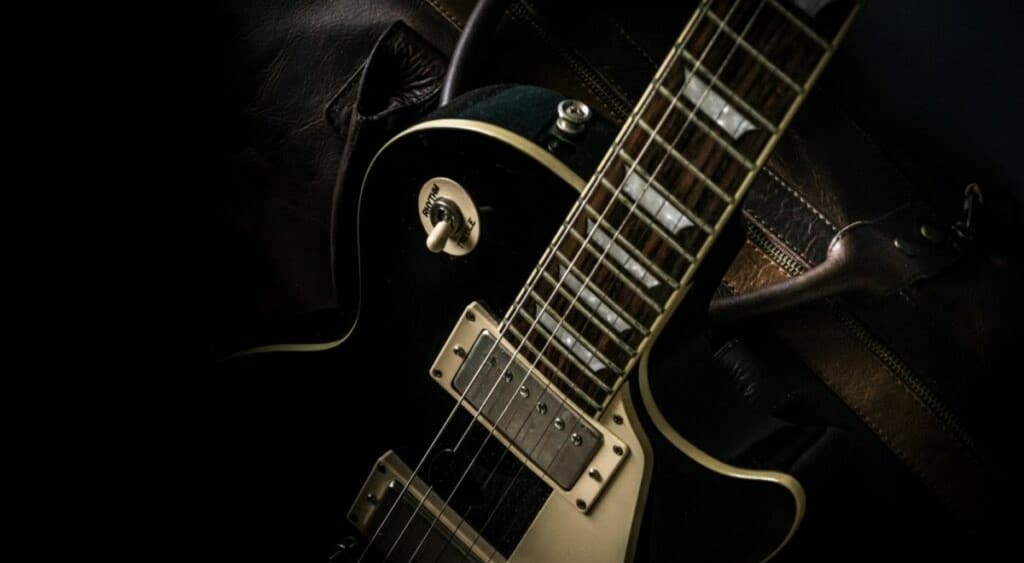
Epiphone Les Paul Standard vs Gibson Les Paul Standard
Here is a table comparing the specifications and features of the Epiphone and Gibson Les Paul ’60s Standard models.
| Specification | Gibson Les Paul ‘60s Standard | Epiphone Les Paul ‘60s Standard |
| Body | Mahogany | Mahogany |
| Top | AA Figured Maple | AA Flame Maple |
| Finish | Gloss Nitro | Gloss Poly |
| Weight-Relief | None | None |
| Neck Profile | Slim Taper | Slim Taper |
| Fingerboard | Rosewood | Indian laurel |
| Nut | Graph Tech | Graph Tech |
| Nut Width | 1.694” | 1.692” |
| Inlays | Acrylic Trapezoid | Pearloid Trapezoid |
| Hardware Finish | Nickel | Nickel |
| Bridge | ABR-1 Tune-O-Matic | LockTone ABR Tune-O-Matic |
| Tuners | Grover Rotomatic | Grover Rotomatic |
| Pickups | Gibson Burstbucker | Epiphone ProBucker |
| Orange Drop Capacitors | Yes | No |
| Case | Hardshell | Not Included |
| Average Price | $3000 | $700 |
Here are some more articles you might find useful:
